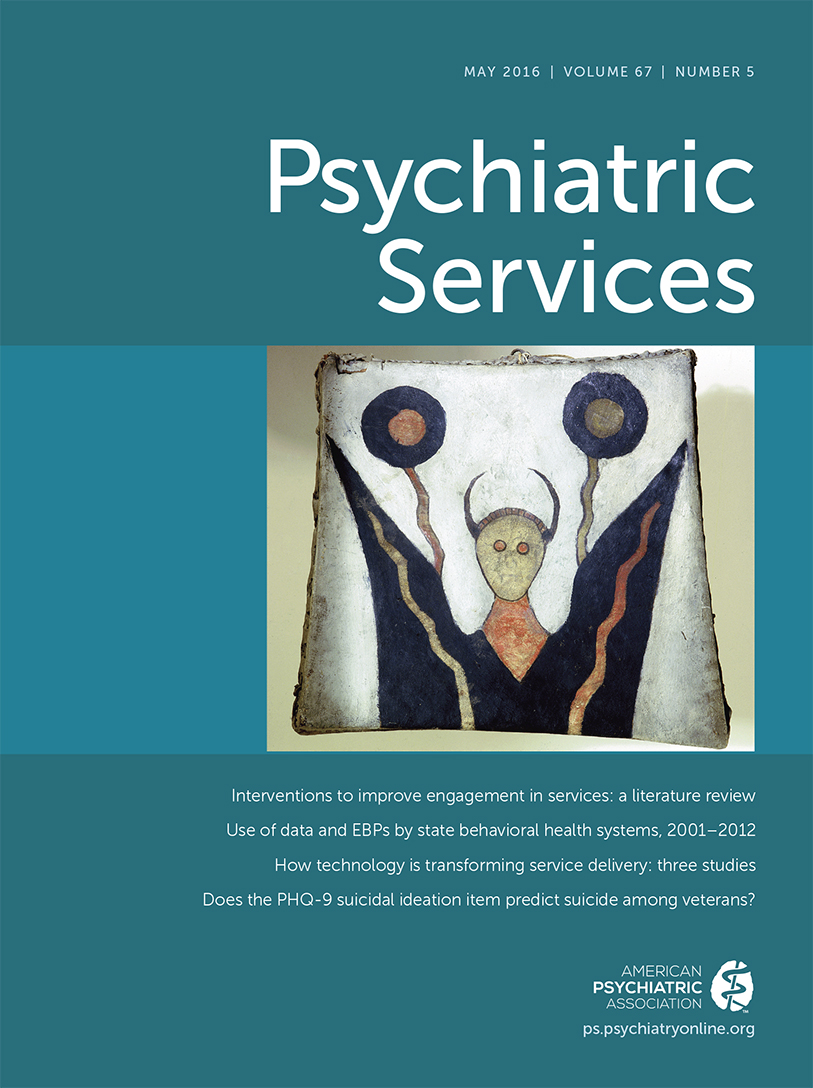Early Detection, Intervention and Prevention of Psychosis Program: Community Outreach and Early Identification at Six U.S. Sites
Abstract
Objective:
This study assessed the effects of a community outreach and education model implemented as part of the Early Detection, Intervention and Prevention of Psychosis Program (EDIPPP), a national multisite study in six U.S. regions.
Methods:
EDIPPP’s model was designed to generate rapid referrals of youths at clinical high risk of psychosis by creating a network of professionals and community members trained to identify signs of early psychosis. Qualitative and quantitative data were gathered through an evaluation of outreach efforts at five sites over a two-year period and through interviews with staff at all six sites. All outreach activities to groups (educational, medical, and mental health professionals; community groups; media; youth and parent groups; and multicultural communities) were counted for the six sites to determine correlations with total referrals and enrollments.
Results:
During the study period (May 2007–May 2010), 848 formal presentations were made to 22,840 attendees and 145 informal presentations were made to 11,528 attendees at all six sites. These presentations led to 1,652 phone referrals. A total of 520 (31%) of these individuals were offered in-person orientation, and 392 (75%) of those were assessed for eligibility. A total of 337 individuals (86% of those assessed) met criteria for assignment to the EDIPPP study.
Conclusions:
EDIPPP’s outreach and education model demonstrated the effectiveness of following a protocol-defined outreach strategy combined with flexibility to reach culturally diverse audiences or initially inaccessible systems. All EDIPPP sites yielded appropriate referrals of youths at risk of psychosis.




